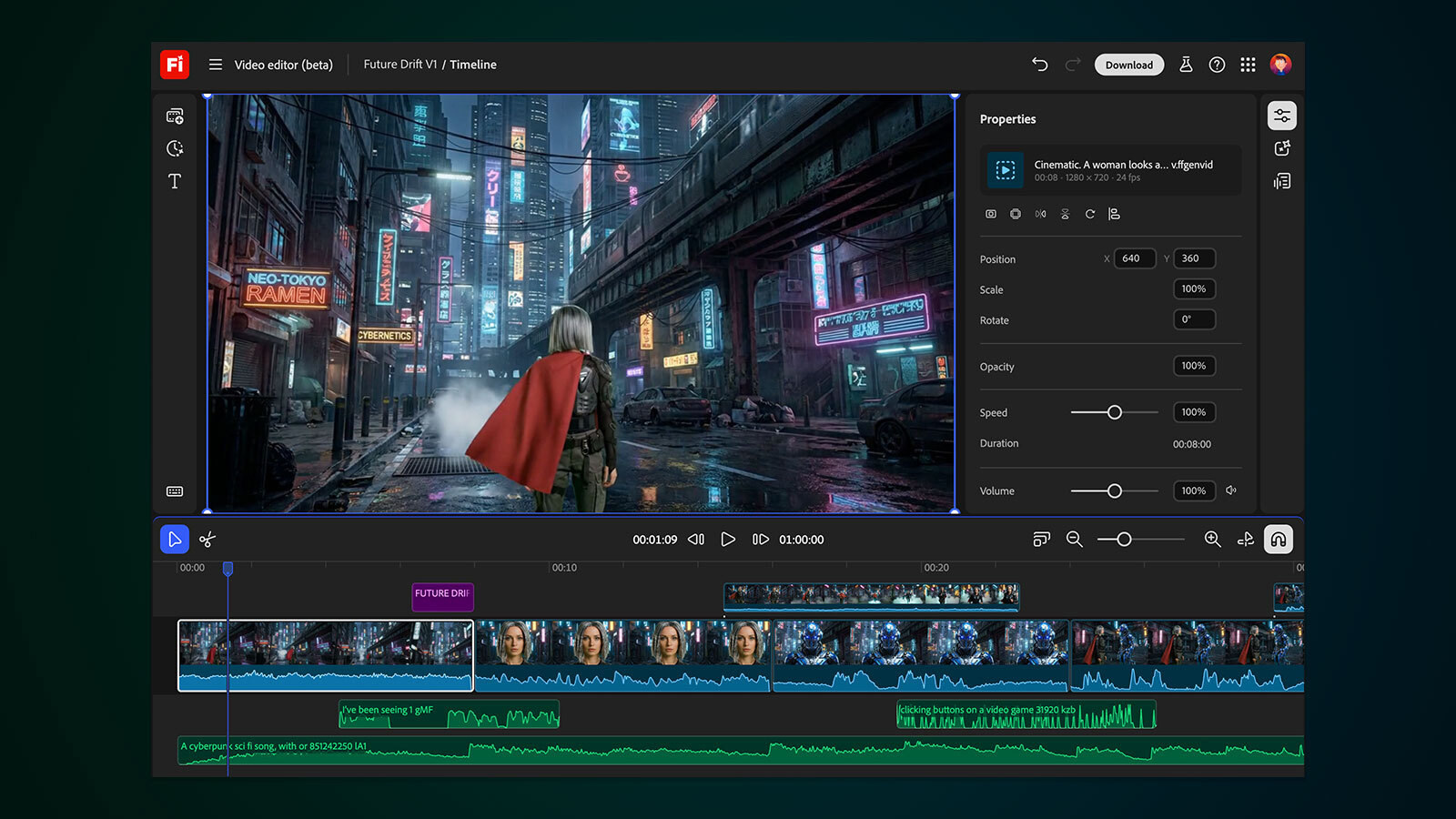How to try deep-space astrophotography
Delve into deep sky imaging by using a tracking mount and a telescope – it's easier than you might think
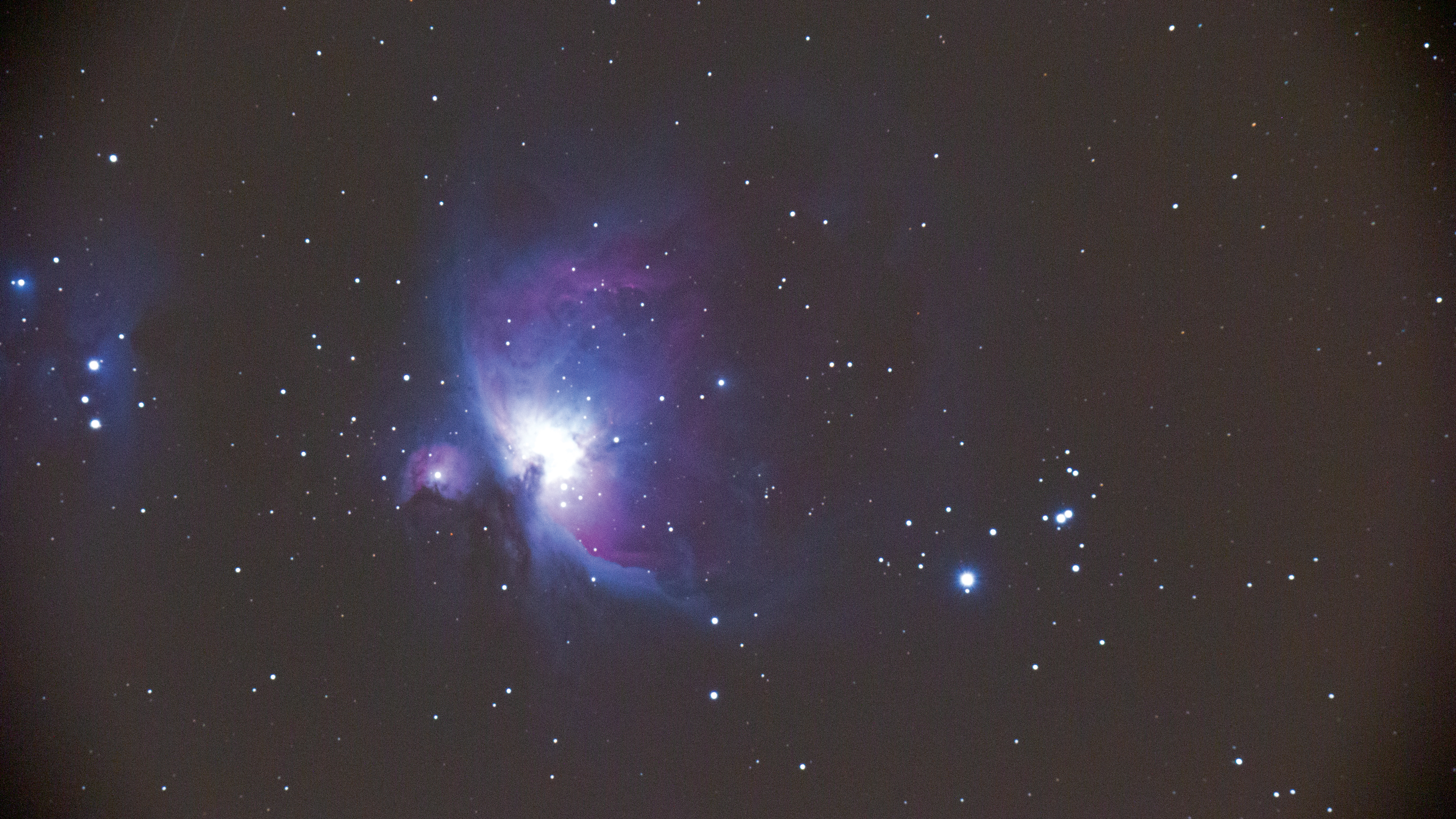
The universe is back in fashion. Everywhere you look there are astonishing images of the night sky. Visit Instagram and you’ll see the Milky Way and the northern lights arching across the sky above beautiful landscapes, while NASA and the James Webb Space Telescope fill the internet with close-ups of exoplanets and galaxies far, far, away.
You might think that creating images of the night sky is limited to what you can see with your own eye, but not so. Want to go deeper into the cosmos? There are two ways to photograph star clusters, nebulae, galaxies, and other deep-sky objects; using a tripod-mounted star tracker underneath your camera, or attaching a camera to a telescope.
The best star tracker camera mounts are simple, portable devices that go between a tripod and your camera. Some of the most popular models are the Skywatcher Star Adventurer and iOptron SkyTracker, costing around $320/£250.
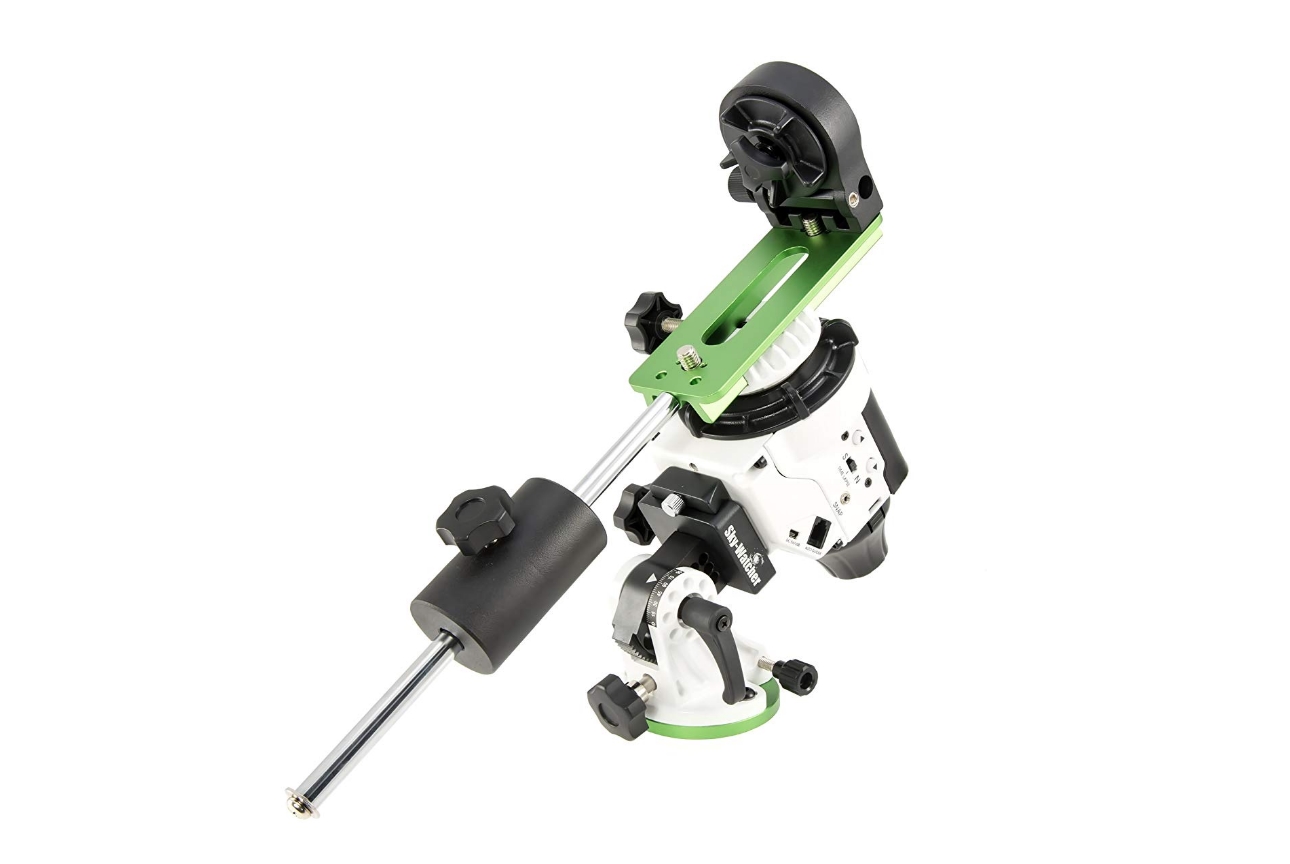
They’re called ‘equatorial’ mounts because they have a motor that moves them in sync with our planet. As our planet rotates, the stars appear to move – as captured by a star trail – and these mounts counteract that. Aligned to Polaris (also commonly known as the North Star), they correct for your exact position on the planet, allowing you to take long exposures of faint objects without blur, therefore collecting a lot more light. You can take 90-second exposures with lenses as large as 600mm, though wide-angle lenses allow even longer exposures (up to ten minutes on the Milky Way).
Another technique that is useful if you have access to a deep-space telescope is to attach your camera using a T-Ring and 1.25-inch or two-inch adaptor (unique to your camera and available relatively cheaply online). You can then insert it where the eyepiece usually goes, and use the magnification of the telescope to take shots.
Either way, stick to a wide aperture and ISO 800-3200 (depending on your camera) and experiment with the shutter speed (always using a camera remote). You’ll then need to dive into photo-editing software to process your RAW images to produce bright, detailed, out-of-this-world images.
What deep-space subjects can you photograph?
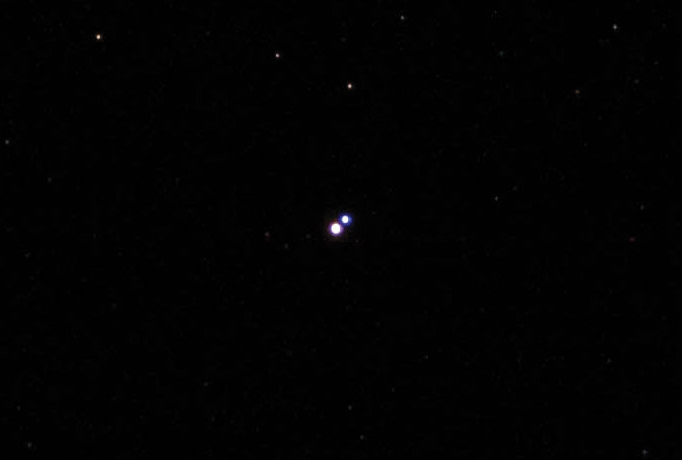
Double star
Lone stars don’t usually make interesting targets. An exception is the blue and red double star Albireo
The best camera deals, reviews, product advice, and unmissable photography news, direct to your inbox!
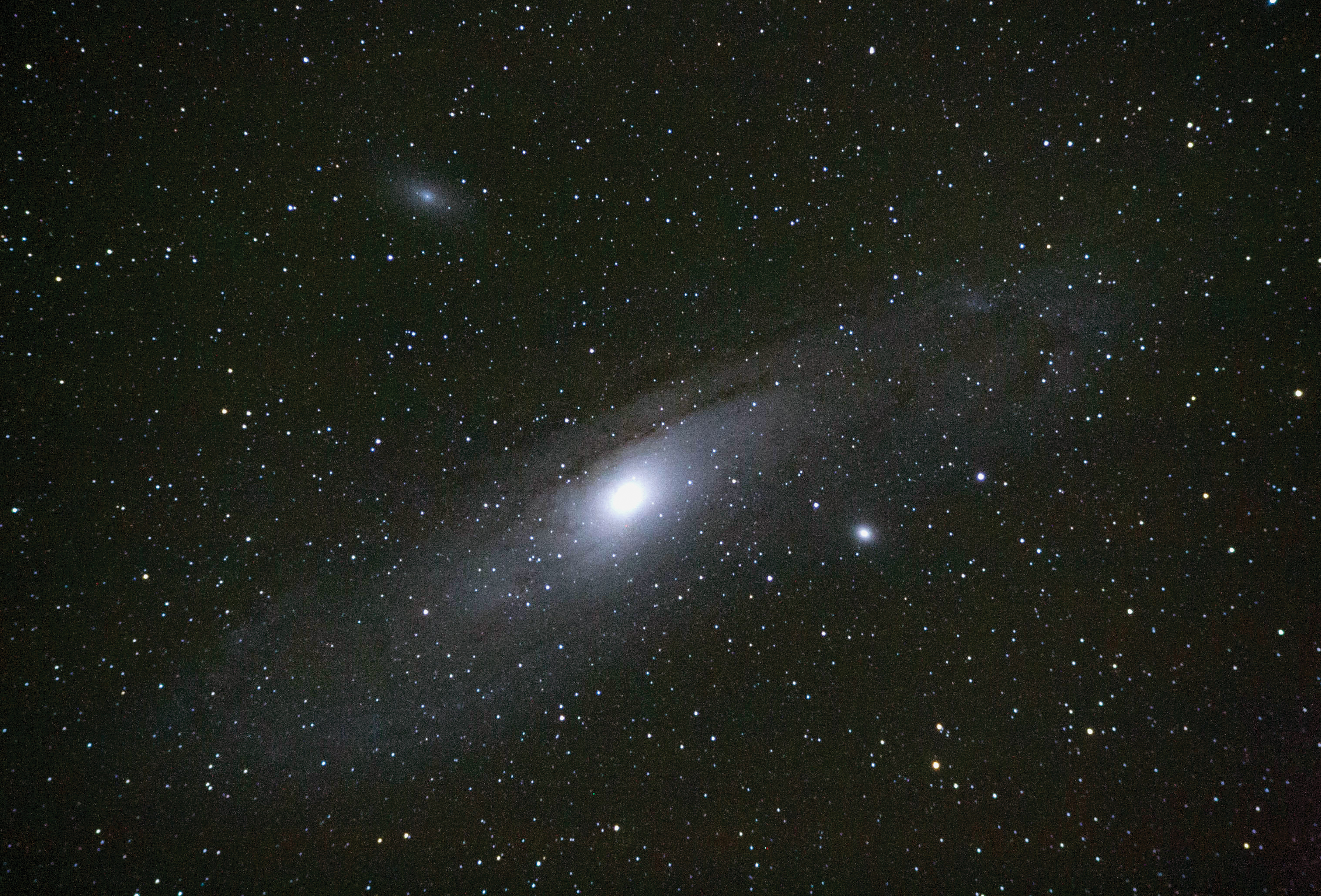
Galaxy
A popular target for a camera on a telescope is the Andromeda galaxy (M31)
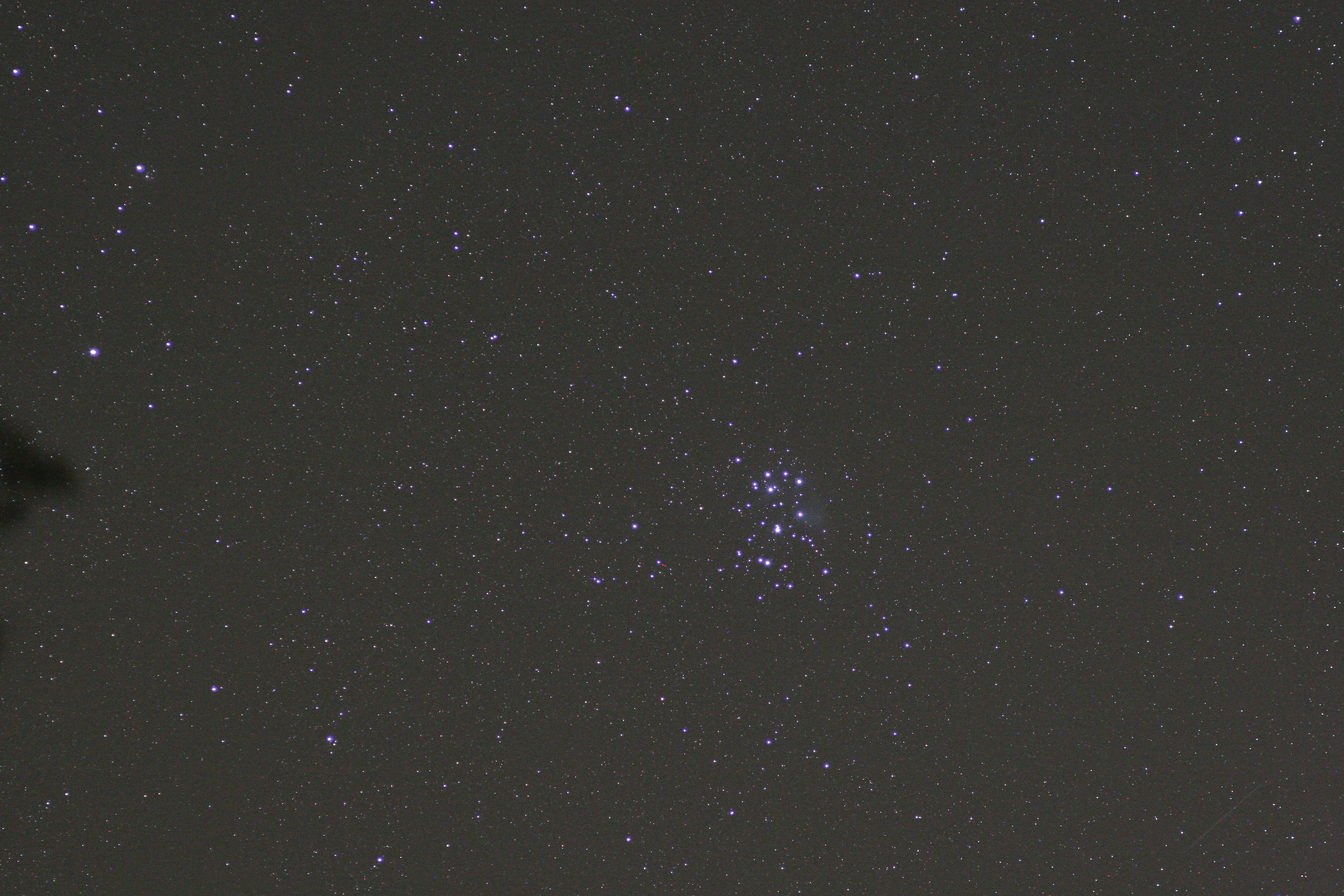
Star cluster
Star clusters like the Pleiades are perfect for capturing with a star-tracker mount
If you want to improve your astro shots, check out the best camera for astrophotography and the best lenses for astrophotography. You'll find out-of-this-world inspiration from the Astronomy Photographer of the Year, and there are some technical astrophotography tips to help you out too.

Lauren is a writer, reviewer, and photographer with ten years of experience in the camera industry. She's the former Managing Editor of Digital Camera World, and previously served as Editor of Digital Photographer magazine, Technique editor for PhotoPlus: The Canon Magazine, and Deputy Editor of our sister publication, Digital Camera Magazine. An experienced journalist and freelance photographer, Lauren also has bylines at Tech Radar, Space.com, Canon Europe, PCGamesN, T3, Stuff, and British Airways' in-flight magazine. When she's not testing gear for DCW, she's probably in the kitchen testing yet another new curry recipe or walking in the Cotswolds with her Flat-coated Retriever.
